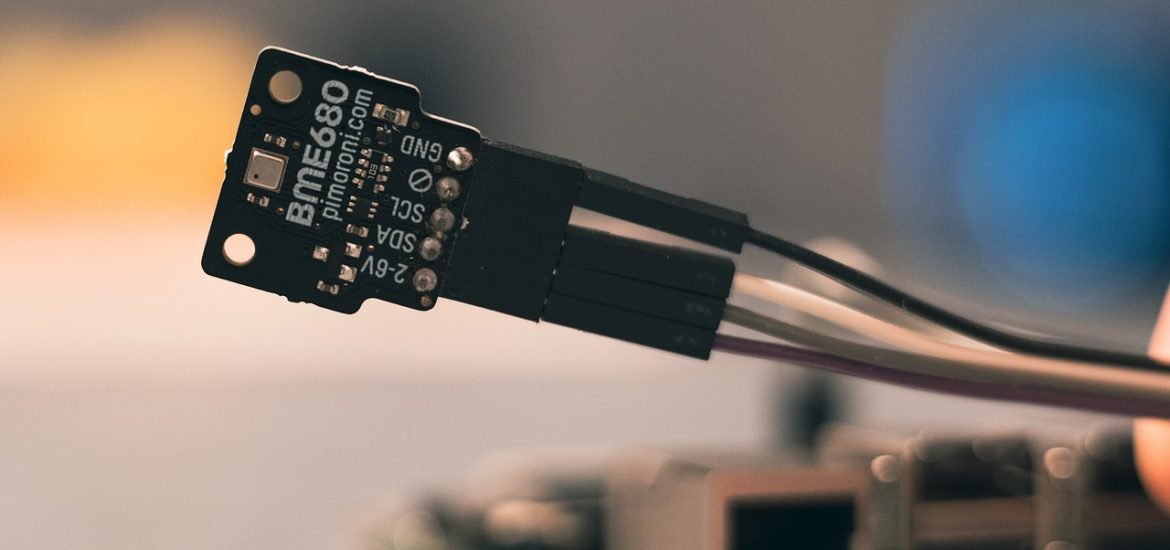
A team of researchers from Eindhoven University in the Netherlands developed a light sensor more sensitive than anything built before, according to a study published in the scientific journal Science Advances.
Solar panels with multiple stacked cells are some of the latest innovations in this field. Using this approach, a team of researchers from the Eindhoven University of Technology and TNO at Holst Centre in the Netherlands managed to build a photodiode with a more than 200% yield. You may think that yields more than 100% are impossible, but it can be done. The solution involves quantum efficiency and stacked solar cells.
“I know, this sound incredible. But we’re not talking about normal energy efficiency here. What counts in the world of photodiodes is quantum efficiency. Instead of the total amount of solar energy, it counts the number of photons that the diode converts into electrons,” said René Janssen, professor at the Eindhoven University of Technology and co-author in this work. “I always compare it to the days when we still had guilders and lira. If a tourist from the Netherlands received only 100 lira for their 100 guilders during their holiday in Italy, they might have felt a bit shortchanged. But because, in quantum terms, every guilder counts as one lira, they still achieved an efficiency of 100 percent. This also holds for photodiodes: the better, the better the diode is able to detect weak light signals, the higher its efficiency.”
Photodiodes are light-sensitive devices that generate a current when they absorb photons from a light source. These light sensors have multiple practical applications, such as medical purposes, wearable monitoring, light communication, surveillance systems, and machine vision. The key for these applications is sensitivity.
For photodiodes to work, they need to minimise the current that is generated in the absence of light (dark current) and eliminate background light (or noise) from the relevant infrared light. The better they can do this, the more sensitive they are. However, these two factors do not go together: to minimise dark current, it increases noise and vice-versa.
For years, the dutch team tried to solve this conundrum. In their search, they joined forces with the Holst Centre, which specialises in wireless and printed sensor technologies. Together, they built a tandem diode combining perovskite and organic PV cells. This approach allowed them to reach an efficiency of about 70%.
This alone would have been impressive, but the team wanted better. “Impressive, but not enough,” said Riccardo Ollearo, a PhD student involved in this work. “I decided to see if I could increase the efficiency even further with the help of green light. I knew from earlier research that Illuminating solar cells with additional light can modify their quantum efficiency and, in some cases, enhance it. To my surprise, this worked even better than expected in improving the photodiode sensitivity. We were able to increase the efficiency for near-infrared light to over 200 percent!”
The authors still don’t understand precisely how it works, but they have a theory: “We think that the additional green light leads to a build-up of electrons in the perovskite layer. This acts as a reservoir of charges that is released when infrared photons are absorbed in the organic layer”, said Ollearo. “In other words, every infrared photon that gets through and is converted in an electron gets company from a bonus electron, leading to an efficiency of 200 percent or more. Think of it as getting two lira for your guilder instead of one!”
To test this device, the researchers wanted to determine what kind of signals it could pick up. “We wanted to see whether the device could pick up subtle signals, such as the heart or respiration rate of a human being in an environment with realistic background light. We opted for an indoor scenario during a sunny day with the curtains partially closed. And it worked,” said Ollearo. From over one meter away, the device managed to detect changes in blood pressure in a person’s veins. In addition, by pointing the device at the person’s chest, the authors could measure the respiration rate from light movements in the thorax.
Not surprisingly, the team wants to take this device further. “We want to see if we can further improve the device, for instance, by making it quicker,” concluded Janssen. “We also want to explore whether we can clinically test the device, for instance, in collaboration with the FORSEE project.” The FORSEE project is currently developing an intelligent camera to measure patients’ heart and respiration rates.
Riccardo Ollearo, René Janssen, Gerwin Gelinck et al. Vitality surveillance at distance using thin-film tandem-like narrowband near-infrared 2 photodiodes with light-enhanced responsivity, Science Advances, Vol 9, DOI: 10.1126/sciadv.adf9861